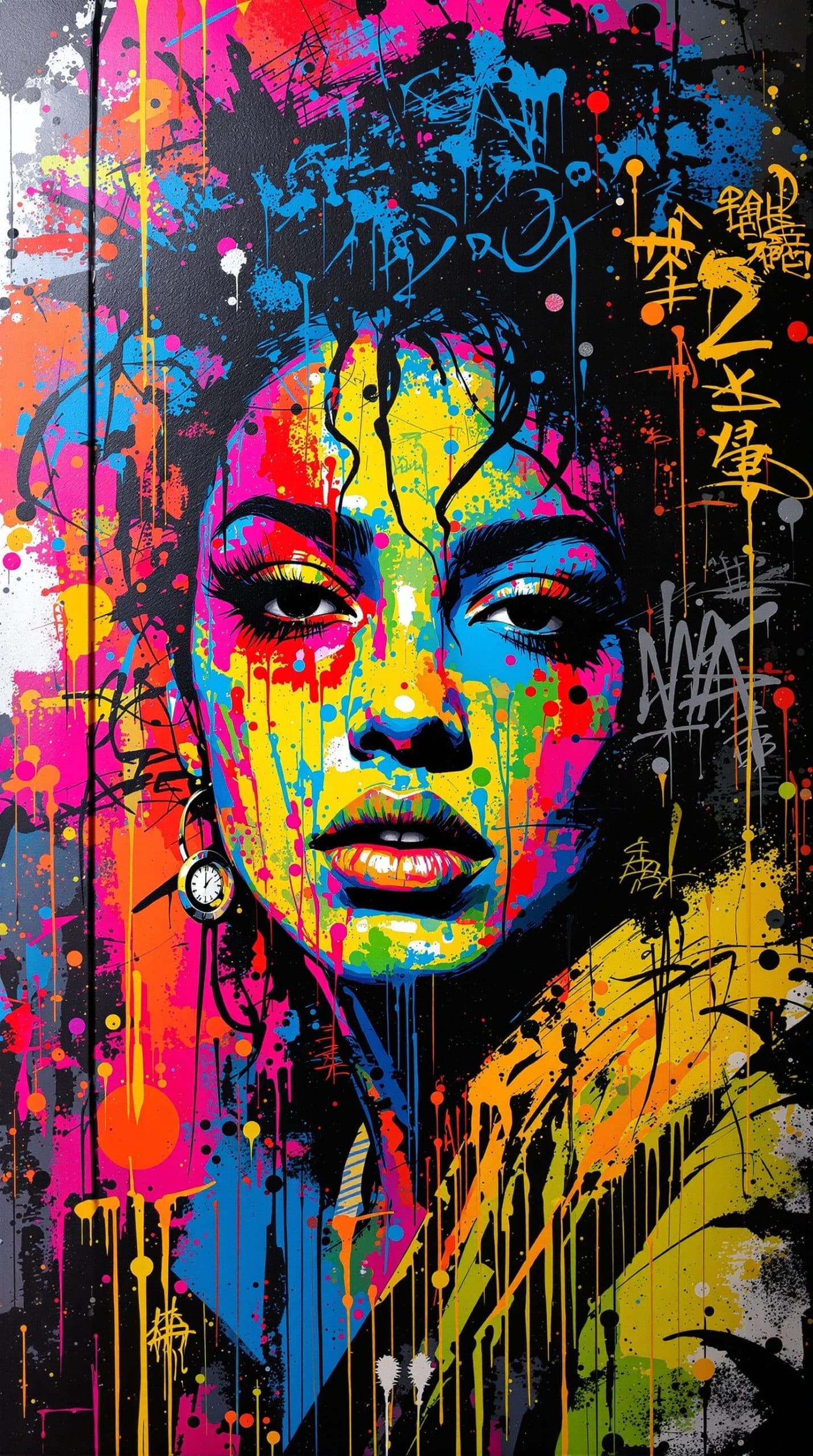Filters
Available Artwork
Showing 1–9 of 92 results
Other styles of paintings you may like
Origins of Surrealism Painting:
Surrealism, one of the most imaginative movements in modern art history, originated in the early 20th century as a response to the chaos of World War I. The word surrealism was first coined in March 1917 by Guillaume Apollinaire. The movement officially began in 1924 when French poet André Breton published the Surrealist Manifesto, defining Surrealism as "pure psychic automatism." The surrealism art style incorporated and allowed the unconscious mind to express itself, often resulting in the depiction of illogical or dreamlike scenes and ideas. Surrealism was also influenced by the Dada Movement, an anti-art movement that emerged in Zurich in 1915. Dadaism rejected traditional artistic norms and embraced chaos, but Surrealism took a more constructive approach by diving into the depths of the human psyche. Surrealism was also heavily influenced by Sigmund Freud's theory. Freud's concept of the subconscious was particularly significant to Surrealists. He believed that the best art was disconnected from the human conscience and more connected to the sub-conscience. They developed automatism as a technique to link artistic creation to subconscious desires.
Surrealism evolved into an international intellectual and cultural movement. Surrealism, according to its leader André Breton, aimed to "resolve the previously contradictory conditions of dream and reality into an absolute reality, a super-reality," or surreality. This movement manifested in various artistic forms, including painting, writing, photography, theatre, filmmaking, music, comedy, and other media. Some of the pioneers of Surrealist painting include Salvador Dalí, René Magritte, Max Ernst, and Joan Miró. Their works defied logic, combining bizarre imagery with precise detail. Dalí’s melting clocks in The Persistence of Memory and Magritte’s sky-filled bowler hats in The Son of Man remain iconic examples Surrealism art movement. Moreover, The Sacrament of the Last Supper (1955), one of Dali's surreal paintings, exemplifies his exceptional surrealist art style, in which he imbued biblical figures with a surrealist touch. Surrealism also influenced cinematic works, such as Luis Buñuel's Un Chien Andalou, and continues to inspire artists today.
Ultimately, Surrealism painting was not just an artistic style—it was a cultural revolution. It encouraged people to question reality, embrace imagination, and uncover hidden truths within themselves. Its legacy continues to challenge and redefine the boundaries of art and perception in the contemporary world.



















